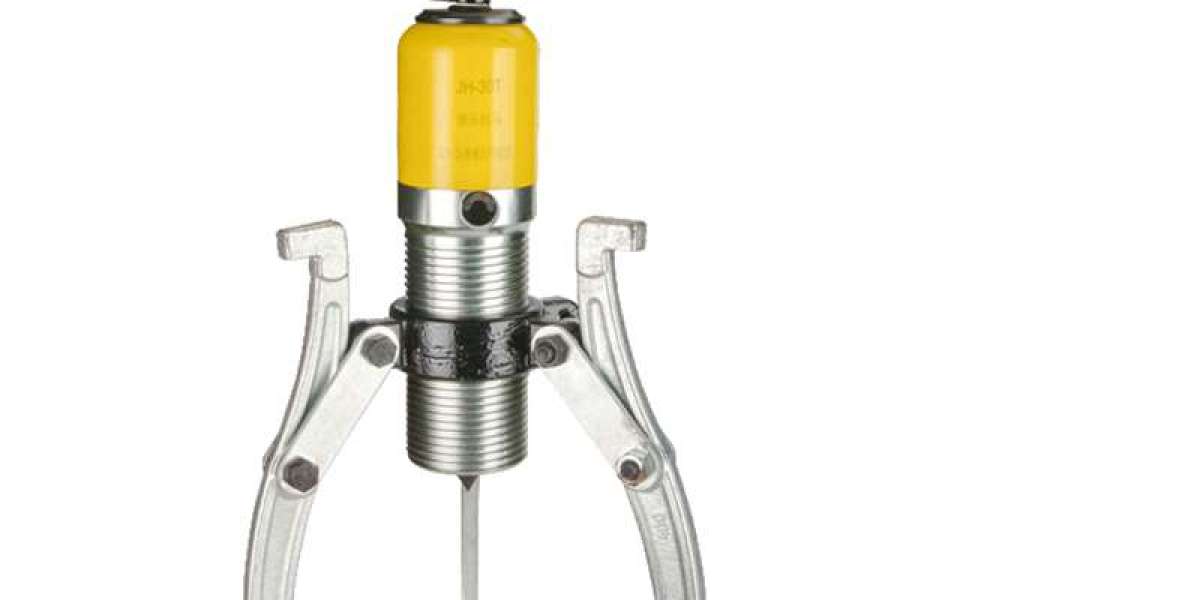Hydraulic pumps can be categorized by their fundamental design and mechanism for moving fluid. One widespread type is the gear pump. In an external gear pump, two identical gears rotate inside a closely fitted housing. As the gears unmesh, they create a low-pressure area that draws fluid in. The fluid is then carried between the gear teeth and the housing to the outlet side, where the meshing of the gears forces the fluid out. This design of hydraulic pump is compact, cost-effective, and suitable for a range of medium-pressure applications.
Another common design is the vane pump. This hydraulic pump features a rotor with slots that house sliding vanes, all contained within a cam ring. As the rotor turns, centrifugal force pushes the vanes outward against the cam ring. The shape of the cam ring causes the volume between the vanes to increase at the inlet, drawing fluid in, and decrease at the outlet, forcing fluid out. Vane pumps are recognized for their relatively quiet operation and good efficiency within their designed pressure ranges, making them a solid choice for industrial machinery.
For applications requiring high pressure and high efficiency, piston pumps are often selected. An axial piston pump consists of a cylinder block containing several pistons arranged in a circular pattern. The pistons are connected to a swashplate. As the cylinder block rotates, the angle of the swashplate causes the pistons to reciprocate, drawing in and expelling fluid. The displacement of this hydraulic pump can often be adjusted by changing the swashplate angle, allowing for variable output flow. This versatility makes this type of hydraulic pump suitable for complex mobile and industrial equipment.
Each type of hydraulic pump offers a different balance of cost, performance, and durability. The simple construction of a gear pump makes it robust for less demanding tasks. A vane pump provides a good middle ground with smoother flow characteristics. The piston pump, while generally more complex and costly, delivers high performance for challenging applications. Understanding the operational principles of these different hydraulic pumps is essential for selecting the right one to meet the specific pressure, flow, and control requirements of a hydraulic system.








